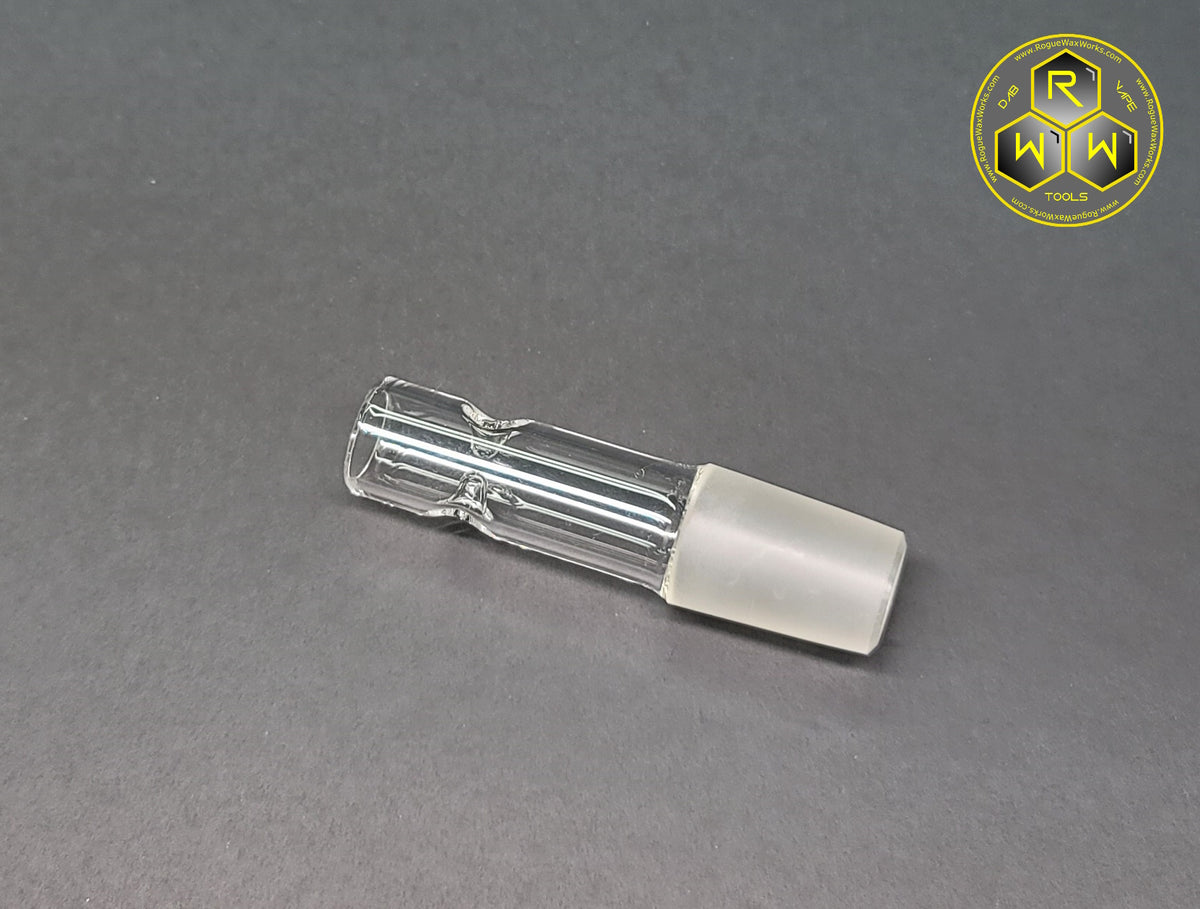MoltenTiger
Well-Known Member
It appears there's no Through Hole soldering applied to the TM2switch is poorly mounted to the board
The PCB Bottom side just has the battery spring and heater assembly, Top side is all Surface Mount components - so a much weaker mount for the switch, which has unsoldered pins passing through slots on the board.
I only use Session mode where two pushes and a short hold over many thousands of cycles is much less fatiguing on the switch than using On Demand for equivalent entire run times.
Overall I think the PCB is beyond amateur, it's fairly considered and iterated. It should be cheap to reinforce the switch housing with hand soldering but some labour cost has been saved. Wave soldering just for the button has been decided against, and now they've had to fix the button issue due to the number of failures in the field. It's not a PCB issue but an assembly oversight or bad cost cutting decision.
They've addressed this and other design failures in all devices going forward, not to mention their electronics and software seem outlandishly robust generally.
Recalibration and flawless long term usage has been very enjoyable, and common?
Button issues are likely fast-tracked if using On Demand mode as the switch is eventually desoldering at the SMD pads, and hopefully not ripping up the copper pads themselves. It's something to consider addressing if you have an older TM2 perhaps, as is being gentle.
Although user repair looks simple enough, or it can be warrantied if failure occurs during the warranty period... Obviously the techs have seen and handled enough so TM have made efforts to prevent ongoing returns.
A couple dabs of solder could probably mitigate issues for a long, long time with the pictured older design.
Jamming up the gap to the USB-C connector so the switch won't flex as much will help (although some force is then transferred to the USB-C SMD pads, and that component is also not TH soldered or very secure and users have had problems with flex/dry joints there too). I would think more robust soldering would have been cheap at scale and this issue should have been foreseen. TH soldering the pins/housing is typically how a 90° switch package like this is assembled, these switches are super common.
But on a list of potential issues, vape-wise it's quite a good one (fast, cheap and easy to deal with for the user or company), so their business sense seems decent and their electronics closer to that than most. Especially now button fragility has been addressed. Though it's a bit silly that it had to be.
With the 2 year / 10 year warranty offered... it might be worth saving a hassle before failure for those of us with OG TM2s. It will fail eventually if it's continued to be used. Had a similar thing with the DC Jack in my Sublimator Monkey Controller slowly failing and breaking off.
Good EEs are busy elsewhere, it's a shame.
But the difference is only experience, and TM have been savvy enough to clock up a fair bit and put it to work.










